TEACHER, TEACHER WHY?
-- Norhayati bt Daud | NASAM Johor
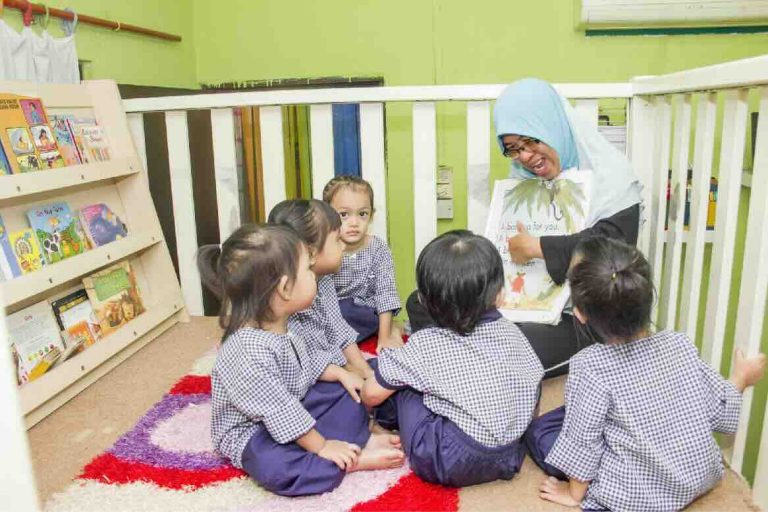
“Teacher, is your hand not well? What happened to your leg? Why can’t you walk? Why are you talking like that?” These were some of the many, many questions Norhayati binti Daud had to face when she visited her childcare centre after a stroke. Circumstances forced her to return to her workplace in the first week of the brain attack. She had been hospitalised for four days and after discharge went to her centre every day because there was no one at home. “The children were curious and had endless questions,” she recalls. “I had to keep answering them all so that they would understand that I was ill and unable to do a lot of things I used to do before. I had to reassure them that I still cared and loved them very much. Here the early childhood educator takes Strokenews through her stroke journey and shares some valuable insights into recovery.
I had my stroke on February 17, 2016 at the age of 52. Precisely at that moment, I was ushering children and saying hello or goodbye to parents at Permata Hati, my childcare centre in UniKL Seri Alam, Johor. Suddenly, I felt heavy on my right side. Both my limbs also became weak. I felt faint but managed to find my way to a couch so that I could sit down. At that stage I didn’t know what to think of anymore. One of the parents realised that I was not my usual cheerful, smiley self and rushed me to the hospital.
I was taken to the Regency Specialist Hospital. By now I was confused and overwhelmed because every time I opened my mouth to say something, nothing came out. I could not talk. As if that was not frightening enough, I soon found that I couldn’t walk, or move my right hand, nor could I see clearly from my right eye. I felt hopeless. And for the first time throughout this episode gave in to my tears.
After four hours I was transferred to Hospital Sultanah Aminah, where I remained for three days. When I was discharged, I was unable to walk or talk. I kept asking myself “will it be like this forever? But my family reassured me. They kept telling me I’d be OK and God is always with me.
On the fifth day of my stroke I went to my childcare centre, as there was no one at home to look after me. My mother, who was helping me at home and working at my centre, would take me with her at 6.30am and we would return by noon. In the centre and at home I did very little. I sat in my wheelchair feeling sorry for myself.
After three weeks I realised if I wanted more out of life, I had better do something about my recovery. I started going for physio and speech therapies, acupuncture and traditional massage. In those early days of stroke I was overcome with sadness and hopelessness. I lived with the horrible fear that my husband might leave me. There were days when I felt that there was nothing left for me in this world. I thought that I would have to just live with my disability.
But I kept making an effort to recover. I worked on my speech by reading children’s books aloud. Slowly, after about four months of diligent practise I could talk. This was in addition to my weekly speech therapy sessions at KPJ Specialist Centre.
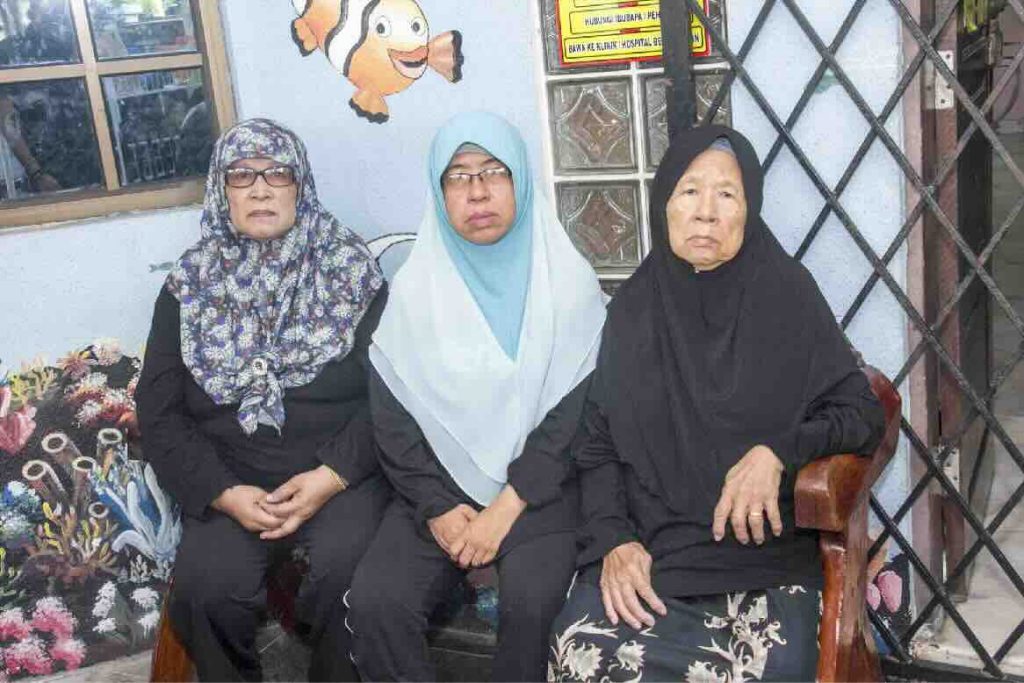
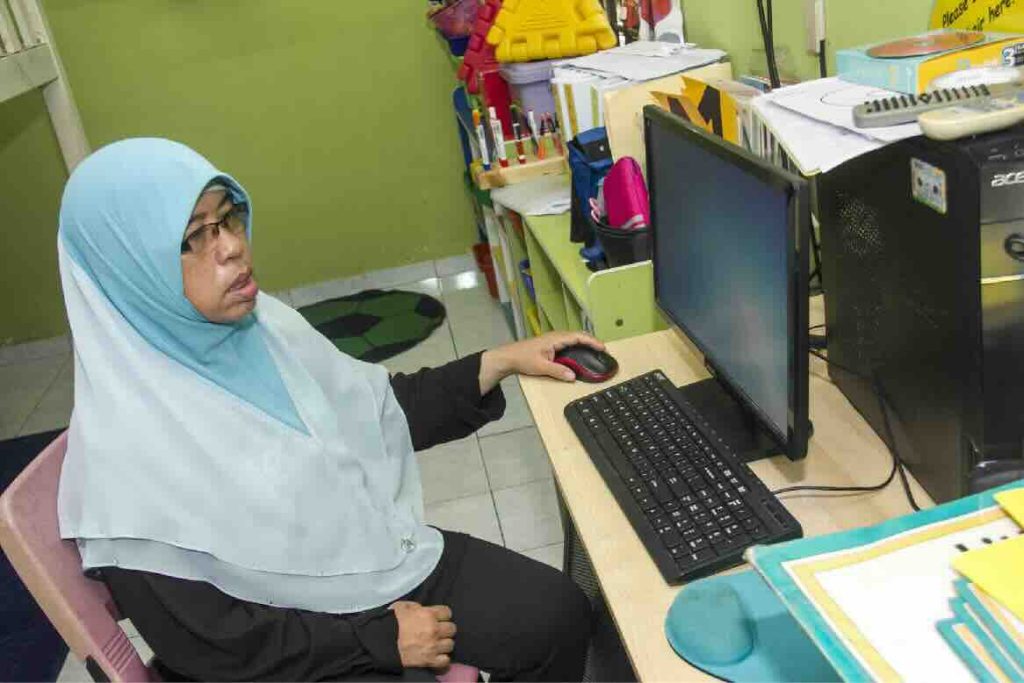
Thankfully, in August 2016, about six months after my stroke, I decided to go to PERKESO Rehab Centre in Malacca (The Social Security Organisation of Malaysia’s Rehabilitation Centre). I saw a lot of people there with worse disabilities. For example, people with no legs, no hands, bedridden, and even people with stroke who could not talk and were confined to wheelchairs. This shocked me into reality. It made me realise that there were many others more unfortunate than me who were willing to fight hard to overcome their challenges.
At PERKESO, one of the programmes I went through focussed on ‘return to work’. I re-learned how to lecture and do power point presentations. One day I had to give a presentation and talk to an audience of 70, something I had not done for about nine months, or ever since my stroke. I also learned to carry heavy things, take things from high cupboards and walk on rough surface. All this was to prepare me to cope independently in my work environment.
In November 2016, nearly nine months after my stroke, I signed-in at NASAM Johor. I started with a one-on-one session. Here I became even more motivated and inspired on seeing people who had a stroke more than five or six years still exercising. They were determined to stay on the road to recovery and were happy to share their experiences and encourage a newcomer like me. After about three months at NASAM, or about a year after my stroke, I became confident enough to walk without any aid.
These days I go to NASAM daily for my group therapy sessions at 9am. It is a crucial part of my day and my recovery plan. I also look forward to going to NASAM because of the interesting activities there, such as festive parties, social outings and other fun events including Walk 4 Health. After therapy I take a Grab back to work. Happily, I am back doing my regular work as a childcare operator. It’s different now because I cannot really play with the children or reach out with both arms and carry them. But I have a good team willing to give any additional help when needed so that the children continue to receive the best care. It’s still my responsibility to make sure the children are safe and secure – for example, if there is an attack of HFMD (Hand- Foot-Mouth Disease) I will make sure the children sanitise their hands before they enter the centre. I meet my teachers regularly to discuss problems or go through lesson plans. I prepare salaries and make sure that my centre is operating well. I am back to shopping for grocery and toys and sometimes I even cook for the children.
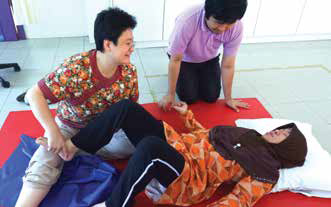
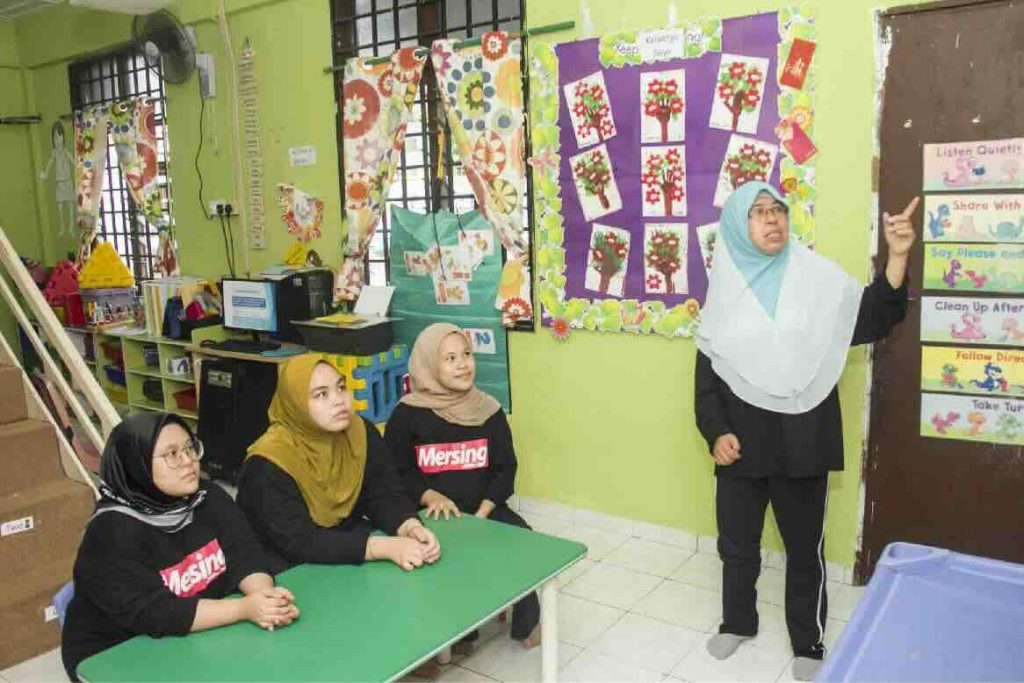
These days my working hours are between 6.30am and 2pm. I have deliberately kept to shorter hours so I can stay healthy, focus on my recovery and also contribute effectively at my workplace. Before my stroke I worked very long hours, usually from 6.30am to 7pm. There were times when it could even exceed 15 hours. To add to this poor lifestyle, I did not exercise and ate all types of halal foods and lots of it.
My advice to those in recovery is exercise regularly with your therapist. Eat healthy, take your medicines on time and pray. I am grateful to my husband, daughter and mother for helping me with my recovery. Also, the many friends made after my stroke who have now became my extended family. We shared and supported each other through good days and bad. Personally, for me the most important thing during recovery is staying positive and being happy!
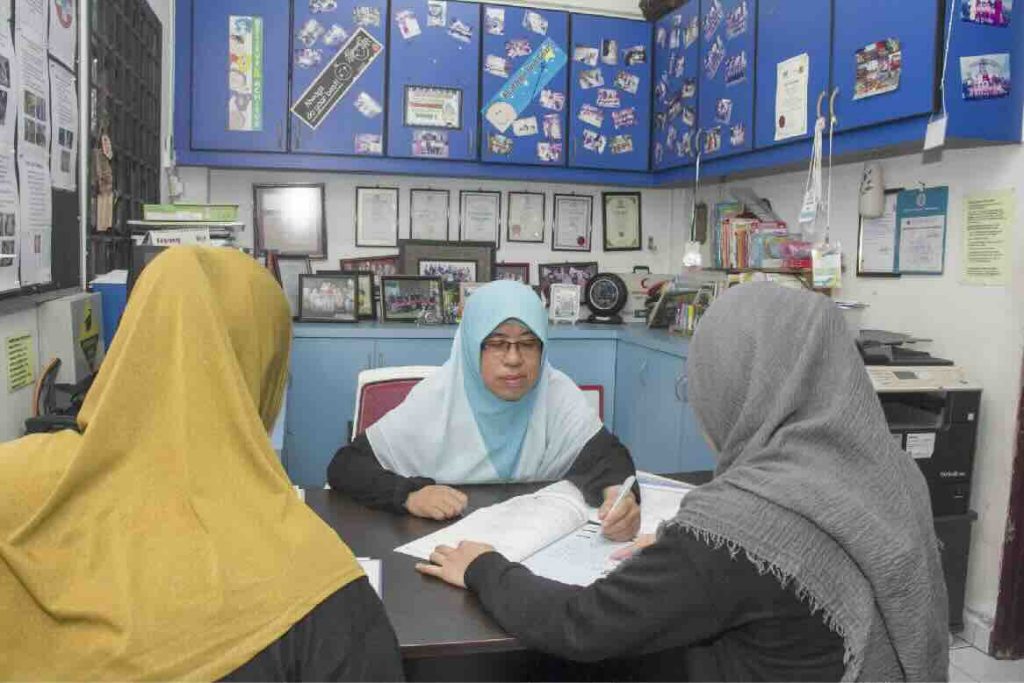
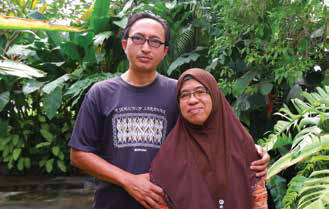
Norhayati has been a pre-school educator for 35 years. Before her stroke she managed two childcare centres and a nursery in Johor. She was the president of the Johor Association of Nurseries (Persatuan Taska Negeri Johor) and a lecturer for Permata Negara (A programme that looks into the needs of young children, from new borns to pre-schoolers). She is married to Jamal Nasir bin Abdul Karim and after eight miscarriages the couple finally had a daughter, Busyra bt Jamal Nasir, who is now 20-years old.
Source: Strokenews (Issue I), March 1999, Pgs. 8 – 11

